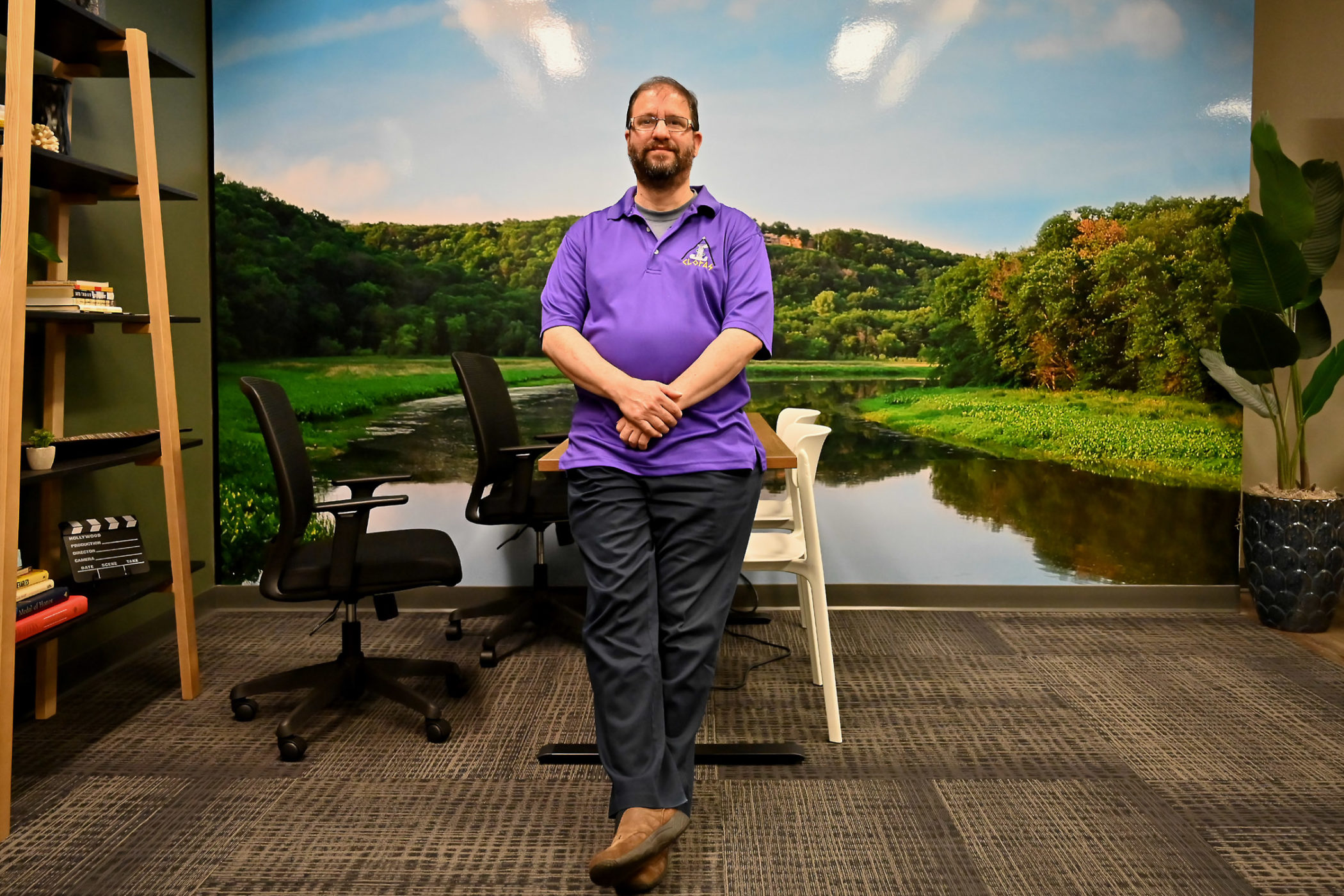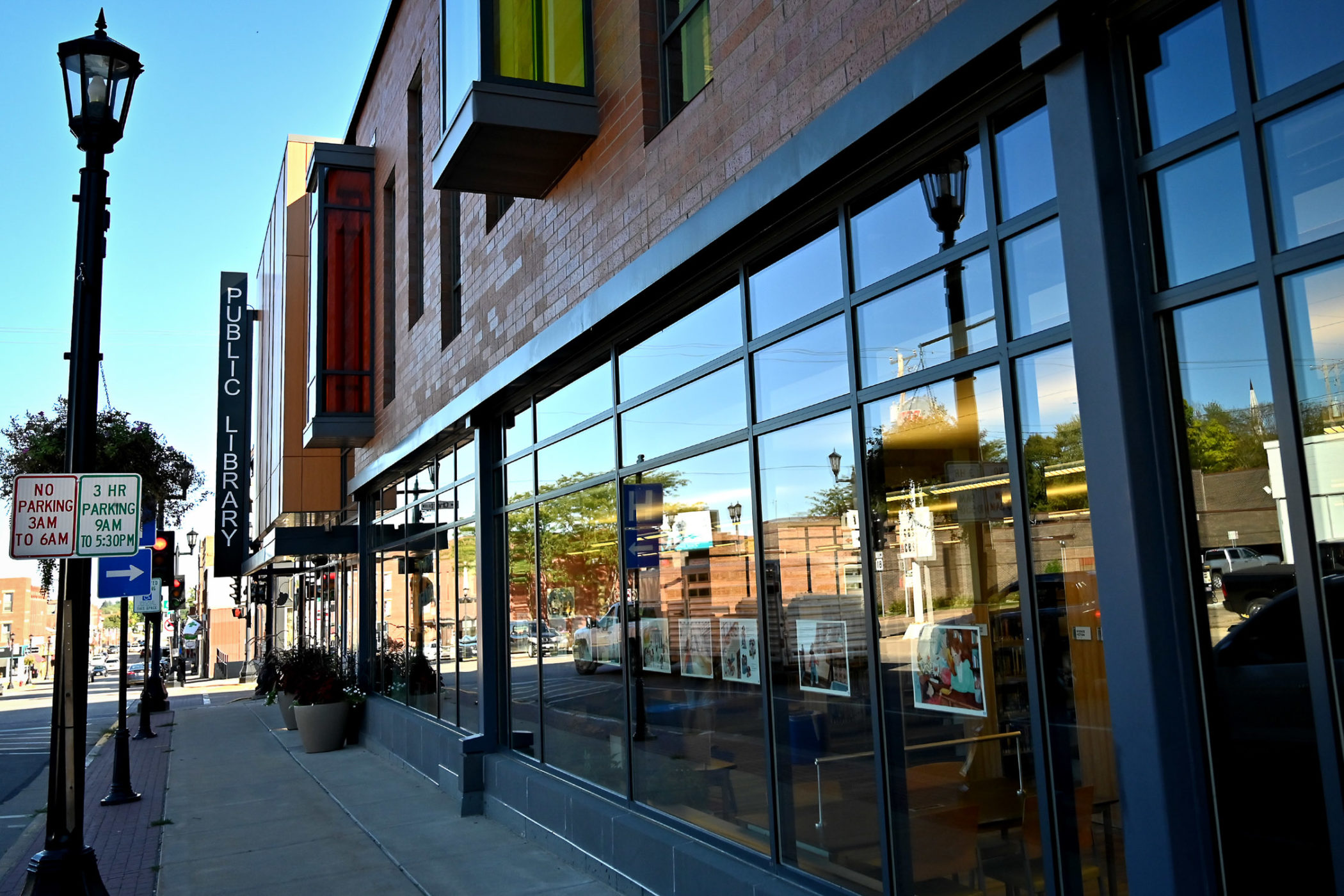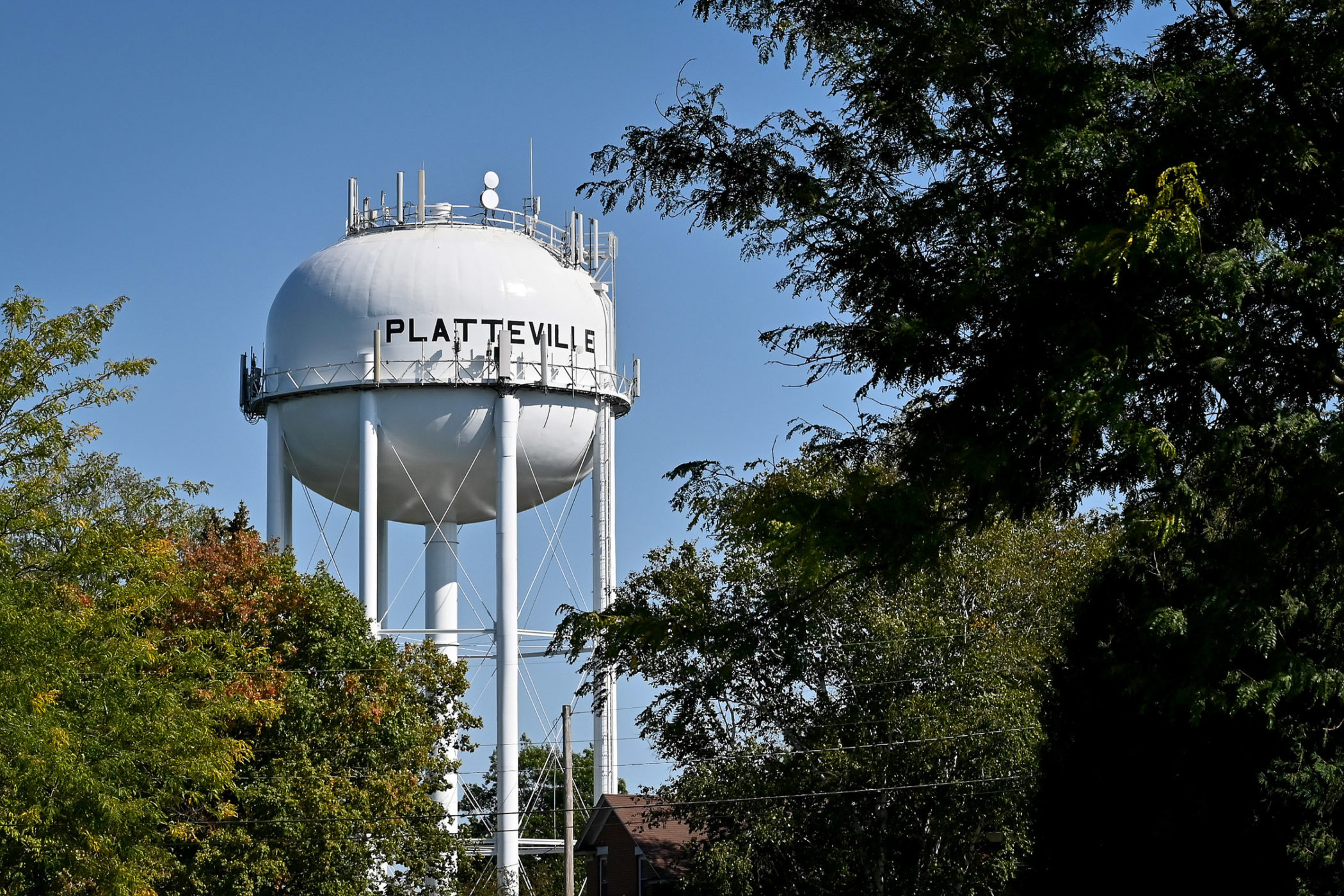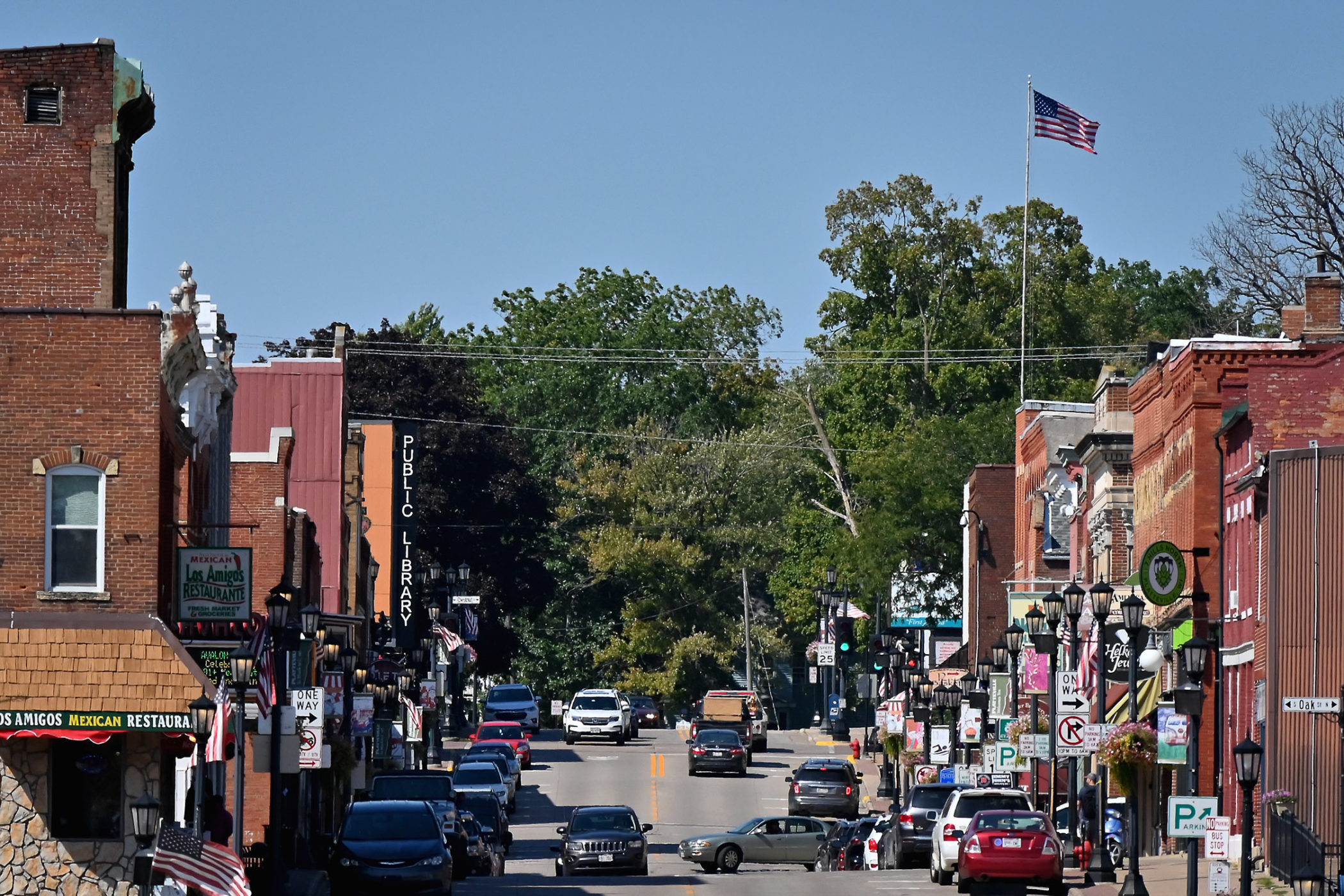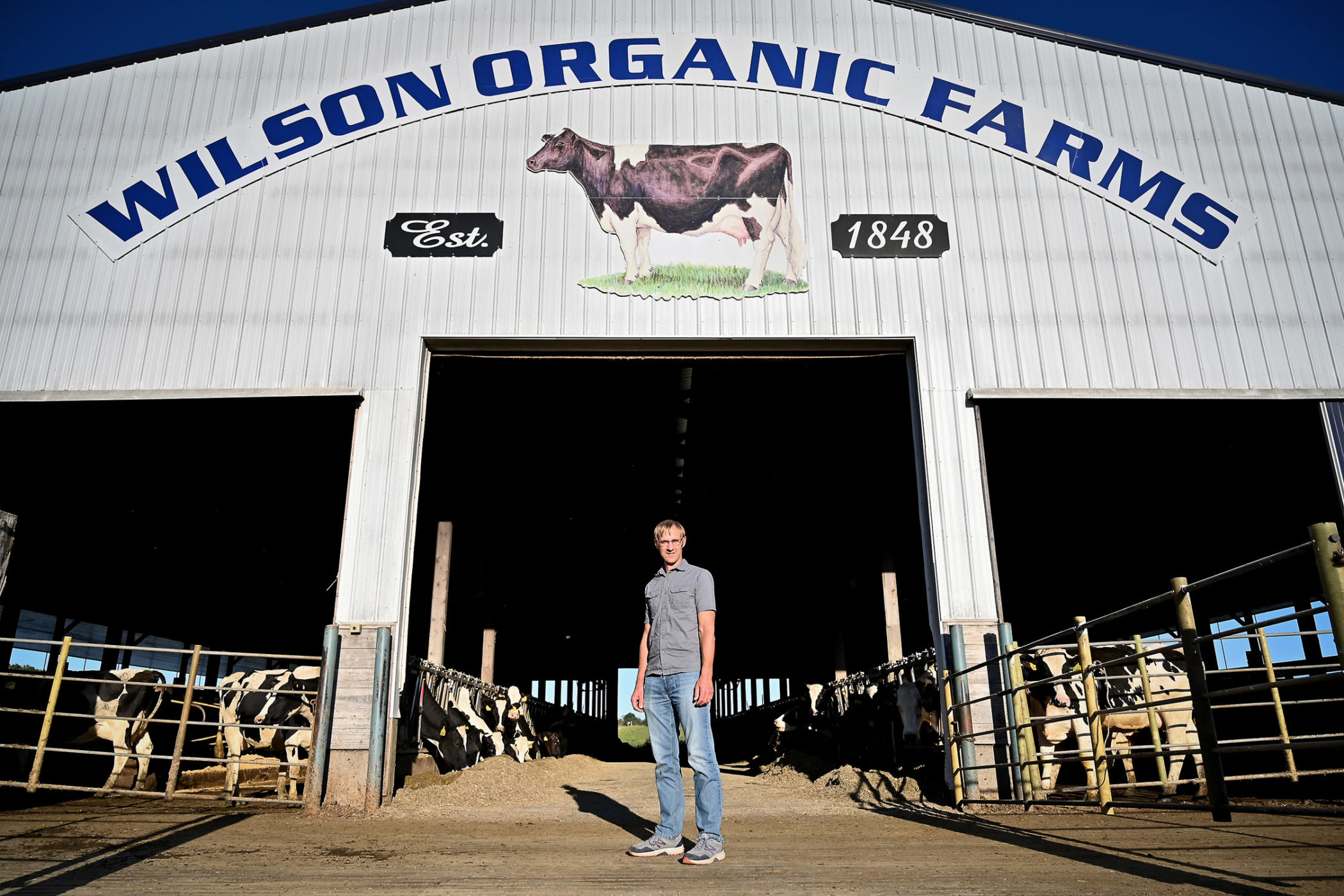About the project
Platteville, Wisconsin, is a rural city of just over 12,000 in southwest Wisconsin, located between the larger metropolitan cities of Madison, Wisconsin, and Dubuque, Iowa.
In 2020, Platteville was a part of the Rural Innovation Initiative’s Build to Scale Technical Assistance cohort, a program run by the Center on Rural Innovation and its sister organization Rural Innovation Strategies, Inc. to guide rural communities through the U.S. Economic Development Administration’s Build to Scale grant application process.
This case study examines how engaging with partners across sectors serves as an essential aspect of building out a tech-based economy ecosystem in a rural place.
In fostering these collaborative relationships — across higher education, local government, and the private and nonprofit sectors — ecosystem leaders in Platteville came up against several major challenges:
- Building trust across the “town-gown” divide
- Combining skill sets across institutions
- Connecting Platteville entrepreneurs and college students with entrepreneurial resources
To address these challenges, the partners strategized to bring all the parties to the table, divide the labor and the knowledge across institutions, and create communal spaces and opportunities for collaborative tech entrepreneurship projects across students and local residents.
Platteville is just one community of many across the U.S. that tell the story of how bringing together partners across sectors and social divides can lead to the positive growth of a tech-based economy in rural America. In addition to outlining the processes and strategies that Platteville is taking, we offer a toolkit of questions and suggestions for rural communities to consider when thinking about approaches to cross-sector partnership.
Read the report:
This content was prepared by Rural Innovations Strategies, Inc. using Federal funds under award ED20HDQ3120070 from the U.S. Economic Development Administration, U.S. Department of Commerce. The statements, findings, conclusions, and recommendations are those of the author(s) and do not necessarily reflect the views of the U.S. Economic Development Administration or the U.S. Department of Commerce.






